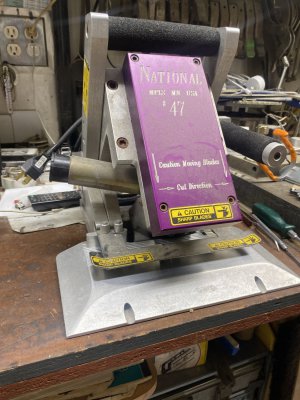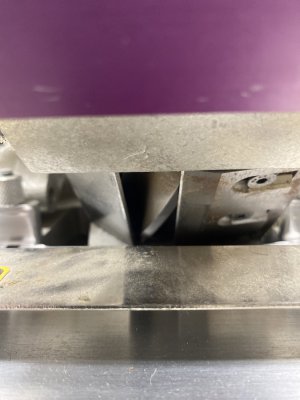- Joined
- Jul 28, 2017
- Messages
- 2,386
For a perfect diode the current vs. voltage curve is an exponential relationship so there is a _small_ increase across the diode as the current increases. But for real-world diodes the voltage drop across it is the internal resistance times the current plus the "perfect" diode voltage at that current. By "internal resistance" I mean the resistance due to the package elements plus the resistance of the (highly doped) silicon current path on either side of the diode. Natch, high-current diodes have a VERY low internal resistance....but it is always there.
At the risk of getting too deep into the mud, the silicon junction of high voltage diodes have to be lightly doped so when they're reverse-biased the depletion region is wide enough to prevent breakdown. This is exactly what you DON"T want for a high-current diode, because lightly-doped silicon has higher resistance. So the folks that make these devices have to employ all sorts of things to optimize their performance. The easiest approach: make them bigger, basically putting lots of smaller diodes in parallel. Eh, too much mud
At the risk of getting too deep into the mud, the silicon junction of high voltage diodes have to be lightly doped so when they're reverse-biased the depletion region is wide enough to prevent breakdown. This is exactly what you DON"T want for a high-current diode, because lightly-doped silicon has higher resistance. So the folks that make these devices have to employ all sorts of things to optimize their performance. The easiest approach: make them bigger, basically putting lots of smaller diodes in parallel. Eh, too much mud



